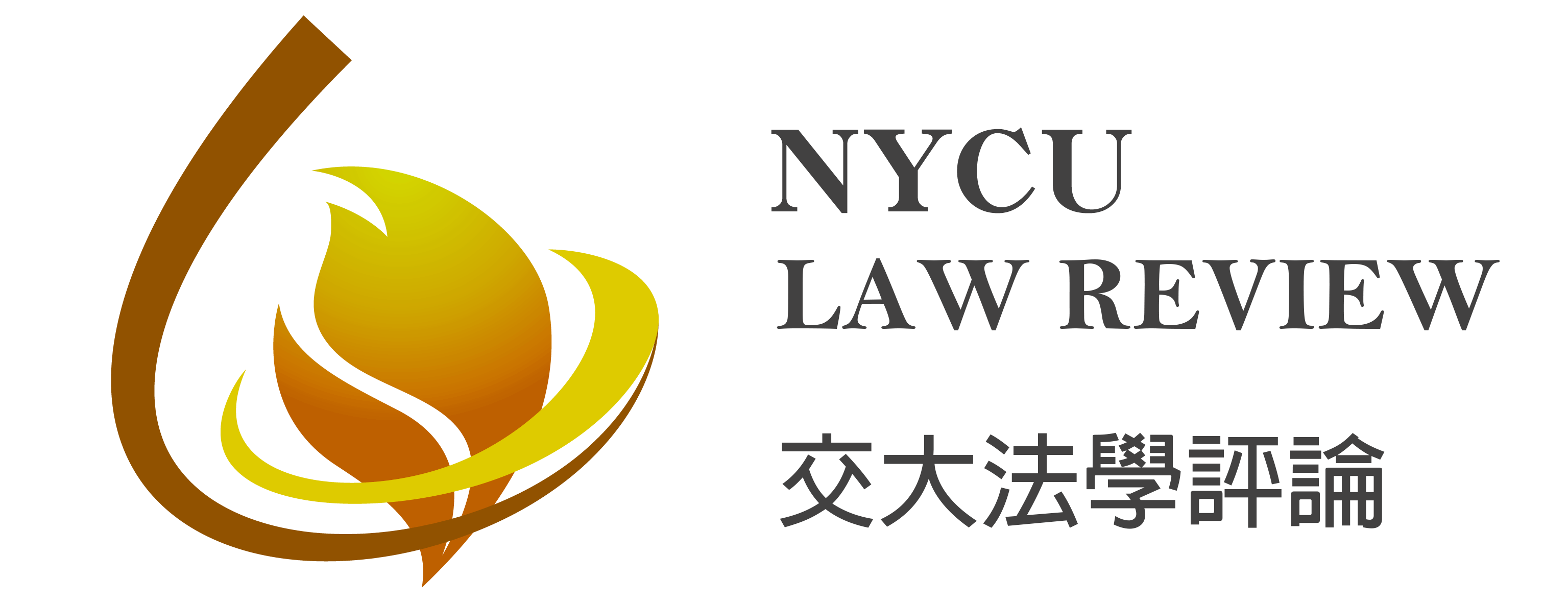| Title | |
|
Electronic Fence as a Detention Measure and Scope of Habeas Corpus Review in Cases ―Discussion of Taiwan Taipei District Court’s Ruling No. 2 and No. 3 in 2022 |
|
| Author | |
|
Ching-Feng Liu |
|
| Keywords | |
| Right to Personal Liberty;Home Quarantine;Electronic Fence;Detention;Habeas Corpus | |
| Public Information | |
| 13 NCTU L. REV., September 2023, at 1-43. | |
| Abstract | |
| During the COVID-19 pandemic, in order to prevent large-scale community transmission, Taiwan implemented home isolation and centralized quarantine through measures such as electronic fence surveillance for infected individuals and those arriving from overseas. Under such a high level of interference with personal liberty, the quarantined and isolated person applied to the Taipei District Court for review of habeas corpus of the deprivation of liberty measure. However, an analy-sis of the two rulings reveals that, on the one hand, the court criticized that the iso-lation ordered orally by the Department of Health, Taipei City Government is ob-viously flawed and invalid from the beginning, but on the other hand, the Court found that the personal liberty of the quarantined and isolated person had not been restrained under these circumstances, and therefore dismissed the case for lack of arrest and detention. For this, the Court’s incomprehensible reasoning threatens to divide the application of the Administrative Procedure Act, the Communicable Disease Control Act, and the Habeas Corpus Act, and violates the requirement of consistency or coherence in systematic interpretation. Therefore, it will destroy the legal stability and predictability. Ultimately, the people are in a very Catch-22 situation. In addition, the two rulings also brought to light three matters: whether personal liberty protection extends to psychological impacts, the extent to which the court should examine cases involving deprivation of liberty, and the significance of public policy considerations in the court’s evaluation of an arraignment case. In the light of the above three problems, this article points out that the imposition of high fines or even criminal penalties for violating the provisions of electronic fencing will lead to a serious economic and social downgrading of the quarantined and isolated person, which will in turn form a great psychological sup-pression, and therefore should be recognized as a deprivation of personal liberty. Secondly, the court examines the scope of deprivation of liberty measures. Since there is no culpability determination and respect for the professional discretion of the administrative agency to initiate deprivation of liberty measures, the court does not examine the suitability of the measure, but only examines its substantive rea-sons and the legitimacy of the procedure. Instead of simply reviewing procedural legality, as traditionally perceived. Finally, after the quarantined and isolated per-son applies for arraignment, the court examines the administrative agency’s qua-rantine sanction. In this case, the court is not bound by public policy considerations to consider the“consequences”of releasing the client and limit the scope of the ruling on release from the perspective of the administrative agency’s prevention of disease. Therefore, if the court finds that the segregation ordered by the executive branch is invalid from the beginning, it should immediately release the quarantined and isolated person in court to implement the intent of Article 8 of the Constitution to protect personal freedom. |
|
| Abstract | Article |
62 Downloads |
132 Downloads |
